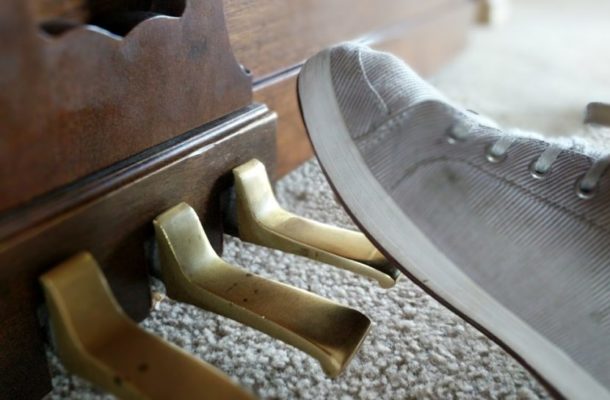The New Orleans Pelican enter the Zion era at 17-27, winning 11 of their last 16. Those 11 games were not against chumps, and some were key games against teams battling the the 8th seed.
I’ve used the specific term “unsustainable” to describe some of the performances of the Pelicans in this stretch. While this has proven true to a degree, it has surprised me just how sustainable some of this is. So, I decided to put my mind to sorting out what might make it sustainable, and just how Zion might fit into that. After all, sustaining this with Zion in the fold is absolutely and unequivocally a recipe for fighting for the 8th seed.
What is making a positive difference?
In short: 3’s. That might be obvious, but other teams rain 3’s, too, so it’s worth a little look. The Pelicans are among 5 teams that make over 13 3’s per 100 possessions. Note: this is pace-agnostic.
- I hate the Mavericks, 15
- Rockets, 14.6
- Pelicans, 13.7
- Raptors, 13.3
- Bucks, 13.2
That’s not bad company, in terms of record.
And that’s about it. They really aren’t tops anything else that is a major category. Good, yes. Among the best in the NBA, no.
What are the others doing to make a bigger difference?
After noticing the records of the teams who make a ton of threes, I decided to see what else they had in common but that the Pelicans have lacked most of the season. Then, I would see if the Pelicans have been better recently. Those categories fitting both criteria are places to look at for sustainability. Those may not be everything or anything, but it’s a reasonable path of inquiry.
- Free throws
- Pelicans’
- Opponents’
The Pelicans have not been among league leaders in recent games, but they have been mid-pack, which is a significant improvement over prior performance. I made note of this in December, and things have steadily improved. As a case in point, Brandon Ingram’s free throws after 10 games was 73. In 15 games in December, he had 78.
In terms of opponents’ free throws, the story is not as good, but the Pelicans have improved there. This is in part due to fouling less often overall.
While there may be more to the victory puzzle, the idea that adding in some more free throws per game would make a difference rings true, especially given how many close losses this team had while being very thin on free throws and fattening up their opponents there.
How does Zion fit in?
While there will be games where the percentages from 3 are not in their favor, the Pelicans have shown a commitment to the 3 with enough success to start hanging up wins. Getting to the line is in fact potentially sustainable, and Zion actually will plug into this formula quite nicely.
The clipboard is an optimist and will show that Zion will either draw enough attention to help the shooters generate their shots more often, and perhaps with increased quality . . . or he won’t and will get to the basket . . . or he’ll draw the foul. In real life, passes to him or his ball handling will be weak spots, along with the (hopefully) occasional offensive foul or missed shot until he finds his touch.
Overall, this proved to be a simple exercise that validated my previous analysis that the free throws on both ends of the court were a major issue for the Pelicans. It did show that my claims of unsustainable performances was perhaps hasty. I also gave me some optimism that Zion could contribute to what the team needs without actually having to out-skill opposing players.
None of this invalidates the principles of Gentry Ball, where rebounding, passing, and a willingness to shoot the first good shot results in high pace. Those are features this team needs, even if the other high-3 teams do not. This is one reason they do well from 3 without classic, deadly shooters in large numbers. As it turns out, Zion should help out in the Gentry Ball categories, too.
Now, let’s see if what should happen does happen.
